Baking soda cleaning tips are about to become your new best friend! Are you tired of spending a fortune on harsh chemical cleaners that promise the world but often fall short? I know I was! That’s why I dove headfirst into the world of natural cleaning solutions, and let me tell you, the results have been amazing.
Baking soda, also known as sodium bicarbonate, isn’t just for baking delicious treats. Its cleaning power has been recognized for centuries! In fact, our grandmothers and great-grandmothers relied on this simple ingredient for everything from scrubbing sinks to deodorizing refrigerators. It’s a time-tested, eco-friendly solution that’s making a huge comeback, and for good reason.
Why should you embrace these baking soda cleaning tips? Because they’re effective, affordable, and safe for your family and the environment. We’re talking about tackling stubborn stains, eliminating odors, and polishing surfaces without exposing yourself to harmful chemicals. Plus, it’s incredibly versatile! From your kitchen to your bathroom, baking soda can handle a wide range of cleaning tasks. So, ditch the expensive cleaners and get ready to discover the magic of baking soda – your home (and your wallet) will thank you!
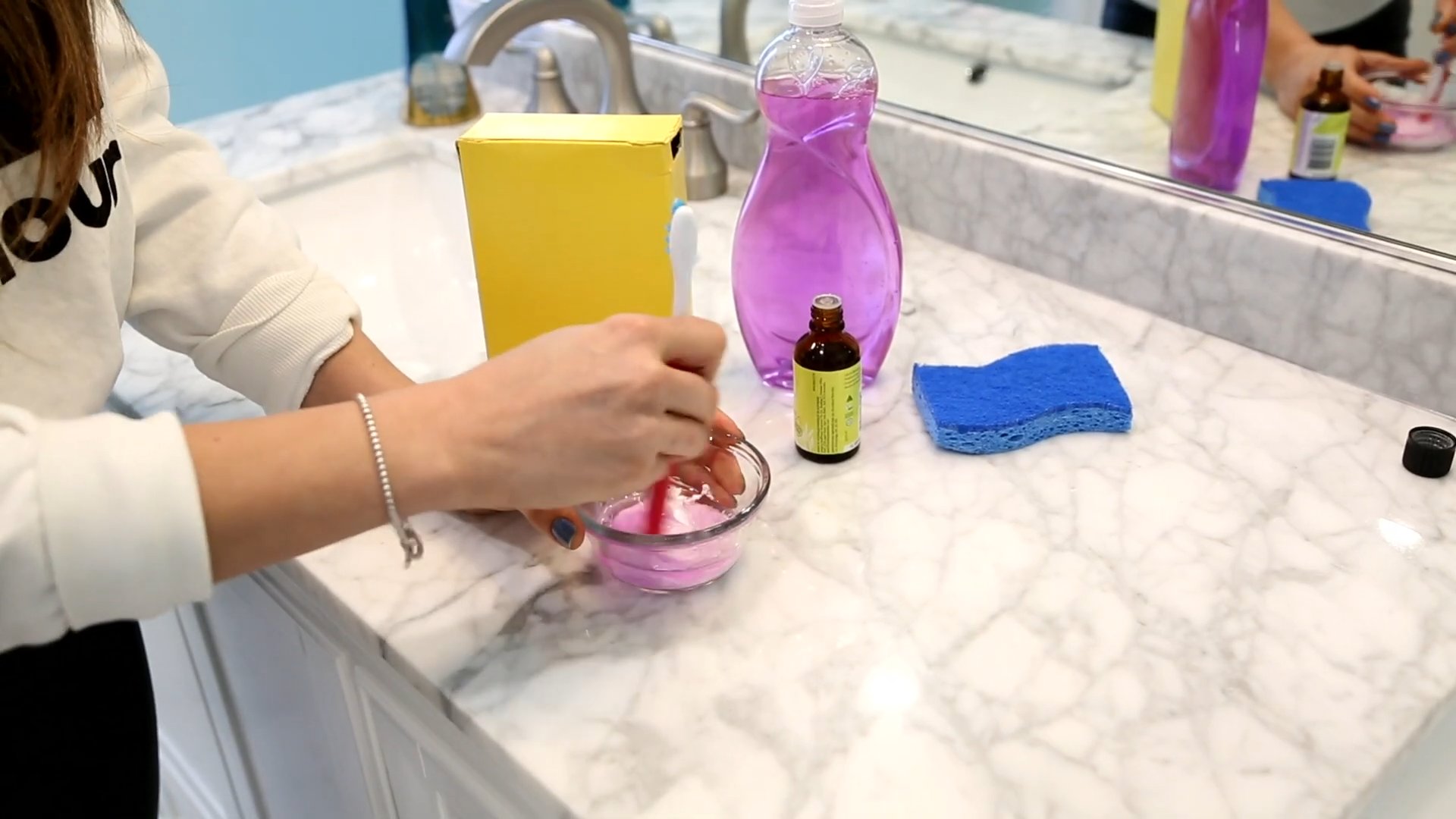
Unlocking the Cleaning Power of Baking Soda: A DIY Guide
Hey there, fellow cleaning enthusiasts! I’m so excited to share my favorite DIY cleaning hack with you: harnessing the incredible power of baking soda. This humble ingredient, often relegated to the back of the pantry, is a true cleaning superhero. It’s non-toxic, affordable, and surprisingly effective on a wide range of messes. Let’s dive into how you can use baking soda to tackle some common household cleaning challenges.
Baking Soda Basics: Understanding Its Cleaning Prowess
Before we jump into specific cleaning projects, let’s quickly understand why baking soda (sodium bicarbonate) is such a cleaning powerhouse. It’s mildly alkaline, which means it can react with acids to neutralize odors and break down grease and grime. It also has a gentle abrasive quality, making it perfect for scrubbing without scratching most surfaces.
Deodorizing Like a Pro: Baking Soda’s Odor-Neutralizing Magic
Baking soda is a champion when it comes to eliminating unwanted smells. Here’s how to use it:
* Refrigerator Deodorizer: This is probably the most well-known use. Simply place an open box of baking soda in your fridge to absorb odors. I like to write the date on the box and replace it every month for optimal freshness.
* Garbage Disposal Freshener: Sprinkle about a cup of baking soda down your garbage disposal, followed by a cup of hot water. Let it sit for about 30 minutes, then run the disposal with cold water for a minute or two. This will help eliminate food odors and freshen the disposal.
* Carpet Deodorizer: Sprinkle a generous amount of baking soda over your carpets and rugs. Let it sit for at least 15 minutes, or even better, overnight. Then, vacuum thoroughly. This works wonders on pet odors and general mustiness.
* Shoe Deodorizer: Sprinkle baking soda inside your shoes to absorb odors. You can either leave it loose or put it in a sock or coffee filter to contain it. Let it sit overnight and then shake out the excess.
* Deodorizing Cutting Boards: Sprinkle baking soda on your cutting board, especially if it has lingering onion or garlic smells. Rub it in with a damp sponge, let it sit for a few minutes, and then rinse thoroughly.
Tackling Tough Stains: Baking Soda’s Abrasive Action
Baking soda’s mild abrasive quality makes it excellent for scrubbing away stains without damaging surfaces.
* Oven Cleaner: Forget harsh chemical oven cleaners! Make a paste of baking soda and water (about a 1:1 ratio). Spread the paste all over the inside of your oven, avoiding the heating elements. Let it sit overnight. The next day, scrub the oven with a sponge or scraper and wipe away the loosened grime. You might need to repeat this process for stubborn stains.
* Stovetop Cleaner: Sprinkle baking soda on your stovetop, especially on greasy areas. Add a little water to create a paste. Let it sit for a few minutes, then scrub with a sponge or cloth. Rinse thoroughly.
* Sink Cleaner: Sprinkle baking soda in your sink and scrub with a damp sponge. It’s great for removing water spots and general grime. For tougher stains, make a paste of baking soda and water and let it sit for a few minutes before scrubbing.
* Bathtub and Shower Cleaner: Sprinkle baking soda on a damp sponge and scrub your bathtub and shower. It’s effective on soap scum and mildew. For stubborn stains, make a paste of baking soda and hydrogen peroxide (about a 1:2 ratio) and let it sit for 30 minutes before scrubbing.
* Cleaning Grout: Make a paste of baking soda and water. Apply the paste to the grout lines and let it sit for a few minutes. Scrub with an old toothbrush or grout brush. Rinse thoroughly. For extra cleaning power, you can add a little vinegar to the paste.
* Burnt Food on Pots and Pans: Sprinkle a generous amount of baking soda in the pot or pan, add water, and bring it to a boil. Let it simmer for about 15 minutes. The burnt food should loosen and be easier to scrub away. You can also let the pot or pan soak overnight with baking soda and water.
Boosting Your Laundry: Baking Soda’s Laundry Benefits
Baking soda can also be a valuable addition to your laundry routine.
* Laundry Booster: Add a half-cup of baking soda to your washing machine along with your regular detergent. It helps boost the cleaning power of your detergent and brighten your clothes.
* Odor Remover: If your clothes have a musty smell, add a cup of baking soda to the wash. It will help neutralize the odors.
* Softener: Baking soda can also act as a natural fabric softener. Add a half-cup to the rinse cycle.
* Pre-Soak for Stains: For tough stains, soak your clothes in a solution of baking soda and water before washing.
Specific Cleaning Projects: Step-by-Step Guides
Let’s get into some specific cleaning projects with detailed instructions:
Cleaning a Greasy Oven with Baking Soda
This is my go-to method for cleaning a greasy oven without harsh chemicals.
1. Prepare the Oven: Remove the oven racks and any loose debris.
2. Make the Paste: In a bowl, mix together baking soda and water to form a thick paste. The consistency should be similar to frosting.
3. Apply the Paste: Spread the paste all over the inside of your oven, avoiding the heating elements. Be generous with the application, especially on greasy areas.
4. Let it Sit Overnight: This is the key! Give the baking soda paste plenty of time to work its magic.
5. Scrub and Wipe: The next day, use a sponge, scraper, or even an old credit card to scrub away the loosened grime. You might need to use some elbow grease, especially for stubborn areas.
6. Rinse Thoroughly: Wipe away the baking soda residue with a damp cloth. You might need to rinse several times to remove all traces of the paste.
7. Replace the Racks: Once the oven is clean and dry, replace the oven racks.
Cleaning a Clogged Drain with Baking Soda and Vinegar
This is a great natural alternative to chemical drain cleaners.
1. Pour in Baking Soda: Pour about a cup of baking soda down the drain.
2. Add Vinegar: Follow with a cup of white vinegar.
3. Let it Fizz: The mixture will fizz and bubble. Let it sit for about 30 minutes.
4. Flush with Hot Water: After 30 minutes, flush the drain with hot water for several minutes.
5. Repeat if Necessary: If the drain is still clogged, repeat the process.
Making a Baking Soda Paste for Cleaning
This is a versatile cleaning solution that can be used on a variety of surfaces.
1. Gather Your Supplies: You’ll need baking soda, water, and a bowl.
2. Mix the Ingredients: Start by adding a small amount of water to the baking soda.
3. Adjust the Consistency: Gradually add more water until you achieve a paste-like consistency. The paste should be thick enough to stick to surfaces but not too dry.
4. Use Immediately: The baking soda paste is best used immediately.
Important Considerations and Precautions
While baking soda is generally safe, here are a few things to keep in mind:
* Test on a Small Area: Before using baking soda on a large or delicate surface, test it on a small, inconspicuous area first to make sure it doesn’t cause any damage.
* Avoid Abrasive Surfaces: While baking soda is mildly abrasive, avoid using it on highly polished or easily scratched surfaces.
* Don’t Mix with Certain Chemicals: Avoid mixing baking soda with strong acids or bases, such as bleach, as this can create harmful fumes.
* Store Properly: Store baking soda in a cool, dry place.
Beyond Cleaning: Other Uses for Baking Soda
Baking soda isn’t just for cleaning! It has a variety of other uses, including:
* Antacid: Baking soda can be used as a temporary antacid to relieve heartburn and indigestion.
* Tooth Whitener: Baking soda can be used to gently whiten teeth.
* Skin Exfoliant: Baking soda can be used as a gentle skin exfoliant.
* Bath Soak: Adding baking soda to your bath can help soothe irritated skin.
I hope this guide has inspired you to unlock the cleaning power of baking soda! It’s a versatile, affordable, and eco-friendly cleaning solution that can tackle a wide range of messes. Happy cleaning!
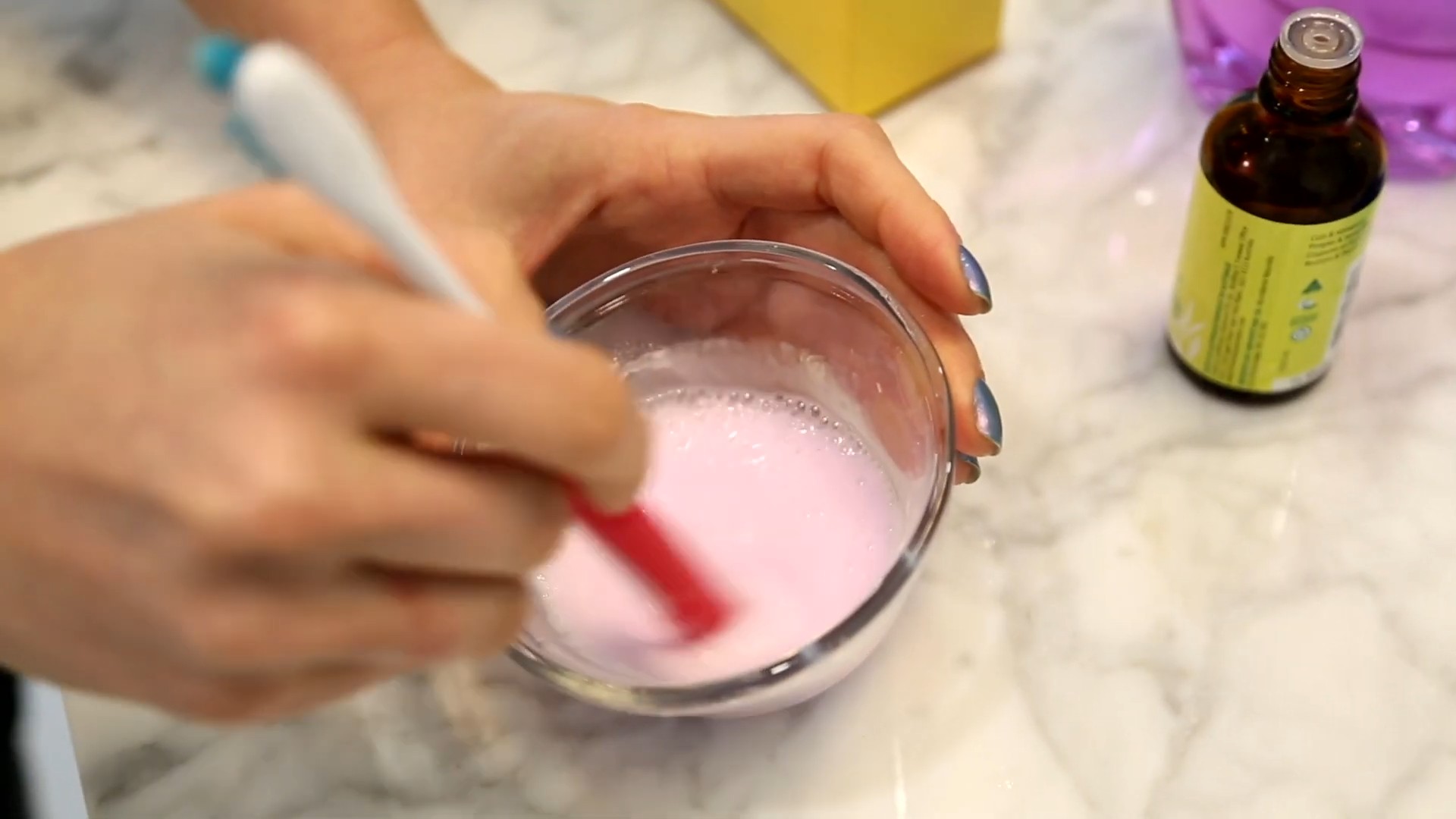
Conclusion
So, there you have it! This simple yet incredibly effective baking soda cleaning trick is a game-changer for anyone looking to maintain a sparkling clean home without resorting to harsh chemicals. We’ve explored how this humble pantry staple can tackle everything from stubborn oven grime to dull bathroom tiles, all thanks to its natural abrasive and deodorizing properties.
Why is this a must-try? Because it’s cost-effective, readily available, and environmentally friendly. You’re not just cleaning; you’re making a conscious choice to reduce your exposure to potentially harmful substances and minimize your environmental footprint. Plus, the satisfaction of seeing the grime melt away with a bit of elbow grease and the power of baking soda is truly rewarding.
But the beauty of this baking soda cleaning trick lies in its versatility. Feel free to experiment with variations to suit your specific needs. For instance, if you’re dealing with particularly tough stains, try creating a paste of baking soda and hydrogen peroxide for an extra boost. Or, if you prefer a more fragrant cleaning experience, add a few drops of your favorite essential oil, like lemon or lavender, to the baking soda paste or solution. For cleaning drains, follow the baking soda with vinegar for a fizzy, powerful cleaning action. Remember to always test any cleaning solution on an inconspicuous area first to ensure it doesn’t damage the surface.
We’ve covered a range of applications, but the possibilities are truly endless. Use it to freshen up your carpets, clean your grout, polish your silverware, or even deodorize your refrigerator. The power of baking soda is truly remarkable.
Don’t just take our word for it – give this baking soda cleaning trick a try! We’re confident that you’ll be amazed by the results. And once you’ve experienced the magic of baking soda, we encourage you to share your experiences with us. Tell us what you cleaned, what variations you tried, and any tips or tricks you discovered along the way. Your feedback will not only help other readers but also contribute to a growing community of eco-conscious cleaners.
So, grab that box of baking soda, roll up your sleeves, and get ready to transform your cleaning routine. You’ll be amazed at how this simple ingredient can make such a big difference. Happy cleaning!
Frequently Asked Questions (FAQs)
Is baking soda safe to use on all surfaces?
While baking soda is generally considered safe for most surfaces, it’s always a good idea to test it on an inconspicuous area first, especially on delicate or easily damaged materials. Avoid using baking soda on polished or varnished wood, as it can scratch the finish. Similarly, be cautious when using it on delicate plastics or painted surfaces. For gold plated items, it is best to avoid baking soda. When in doubt, consult the manufacturer’s instructions for the specific surface you’re cleaning.
Can I mix baking soda with other cleaning products?
While baking soda is a powerful cleaning agent on its own, it’s important to exercise caution when mixing it with other cleaning products. Avoid mixing baking soda with acidic cleaners like vinegar in closed containers, as this can create a buildup of carbon dioxide gas, which can cause the container to burst. While the combination of baking soda and vinegar is safe for cleaning drains, it should be used with proper ventilation. Also, never mix baking soda with bleach, as this can create harmful and potentially toxic fumes. When in doubt, it’s always best to use baking soda on its own or consult reliable sources for safe mixing guidelines.
How do I store baking soda properly?
To maintain its effectiveness, baking soda should be stored in a cool, dry place in an airtight container. This will prevent it from absorbing moisture and odors from the surrounding environment. If you notice that your baking soda has become clumpy or has a strange odor, it’s likely past its prime and should be replaced. An opened box of baking soda in the refrigerator or freezer can help absorb odors for up to three months. After that, it can be used for cleaning purposes.
What is the best way to clean a burnt pot with baking soda?
Cleaning a burnt pot with baking soda is surprisingly easy. First, fill the pot with water and add a few tablespoons of baking soda. Bring the mixture to a boil and let it simmer for about 15-20 minutes. This will help loosen the burnt food particles. After simmering, remove the pot from the heat and let it cool slightly. Then, use a non-abrasive sponge or scrub brush to gently scrub away the remaining burnt residue. For stubborn stains, you can create a paste of baking soda and water and apply it directly to the affected areas. Let the paste sit for a few minutes before scrubbing. Rinse the pot thoroughly with water and dry it completely.
Can baking soda remove stains from clothing?
Yes, baking soda can be an effective stain remover for clothing. To use it, create a paste of baking soda and water and apply it directly to the stain. Let the paste sit for about 15-30 minutes, depending on the severity of the stain. Then, gently scrub the area with a soft brush or cloth and rinse thoroughly with water. You can also add a cup of baking soda to your washing machine along with your regular detergent to boost its cleaning power and help remove odors. For particularly stubborn stains, you may need to repeat the process or try a combination of baking soda and other stain-removing agents.
Is baking soda safe for septic systems?
Yes, baking soda is generally considered safe for septic systems. Unlike harsh chemical cleaners, baking soda is a natural substance that won’t harm the beneficial bacteria that are essential for the proper functioning of your septic system. In fact, baking soda can even help to balance the pH levels in your septic tank, which can promote healthy bacterial growth. However, it’s always a good idea to use baking soda in moderation and avoid flushing large quantities down the drain at once.
How often should I use baking soda for cleaning?
The frequency of using baking soda for cleaning depends on your specific needs and preferences. For general cleaning tasks, such as wiping down countertops or scrubbing sinks, you can use baking soda as often as needed. For more intensive cleaning tasks, such as cleaning ovens or unclogging drains, you may only need to use baking soda once or twice a month. Ultimately, the best approach is to experiment and find a cleaning schedule that works best for you and your home.
What are some other uses for baking soda besides cleaning?
Baking soda has a wide range of uses beyond cleaning. It can be used as a natural deodorizer for refrigerators, carpets, and shoes. It can also be used as an antacid to relieve heartburn and indigestion. In baking, baking soda acts as a leavening agent, helping to make cakes, cookies, and other baked goods rise. Additionally, baking soda can be used in homemade beauty products, such as facial scrubs and teeth whiteners. The versatility of baking soda makes it a valuable addition to any household.

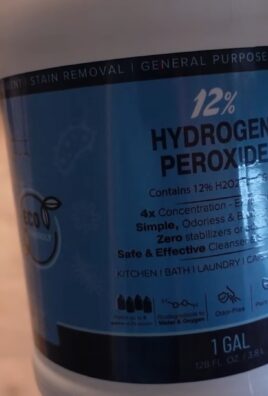
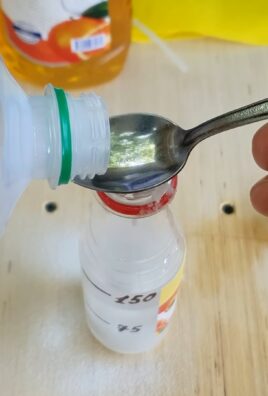
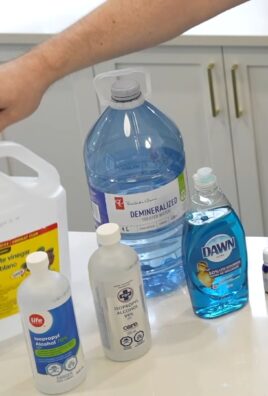
Leave a Comment